Author: Jordan Folks
Pilsner appears to be experiencing a bit of a renaissance in the craft beer market these days, with many brewers not only embracing “crispy bois” of various persuasions, but pushing the boundaries of what a Pilsner can ultimately encapsulate. One such example is French Pilsner, which is similar to Italian Pilsner in that it’s essentially a unique spin on German Pils that happens to be made with French ingredients and dry hopped with, of course, French hops.
I haven’t seen too many examples of this burgeoning style, but one of my favorite Portland breweries – Von Ebert Brewing – has made at least a couple examples recently that have floored me, particularly one they call Pierre Le Chat. Made with 100% French malts and hops, this delicious beer clocks in at 32 IBU and 4.8% ABV, making for a super dry, moderately bitter, and insanely crushable sipper that boasts a beautifully spicy hop punch. I love everything about this beer!
I’m sure most homebrewers can relate on some level to my love for this somewhat esoteric style, which led me down a rabbit hole that culminated in me designing my own recipe. And after acquiring the requisite regionally appropriate ingredients, I set out to brew my version of French Pilsner that I call Pierre L’Cheat.
| Making Pierre L’Cheat French Pilsner |
For this recipe, I took inspiration from Von Ebert Brewing’s Pierre Le Chat, doing my best to create an example of French Pilsner that tastes as similar to this excellent example as possible. Huge thanks to F.H. Steinbart for hooking me up with the malt for this batch!
Pierre L’Cheat French Pilsner
Recipe Details
| Batch Size | Boil Time | IBU | SRM | Est. OG | Est. FG | ABV |
|---|---|---|---|---|---|---|
| 5.1 gal | 60 min | 24.2 | 3.3 SRM | 1.05 | 1.007 | 5.64 % |
| Actuals | 1.05 | 1.007 | 5.64 % | |||
Fermentables
| Name | Amount | % |
|---|---|---|
| Pilsen Malt (French) | 11 lbs | 100 |
Hops
| Name | Amount | Time | Use | Form | Alpha % |
|---|---|---|---|---|---|
| Aramis | 14 g | 60 min | Boil | Pellet | 7 |
| Aramis | 14 g | 20 min | Boil | Pellet | 7 |
| Aramis | 14 g | 15 min | Aroma | Pellet | 7 |
| Barbe Rouge | 14 g | 15 min | Aroma | Pellet | 7.4 |
| Strisslespalt | 14 g | 15 min | Aroma | Pellet | 1.7 |
| Aramis | 28 g | 2 days | Dry Hop | Pellet | 7 |
| Barbe Rouge | 28 g | 2 days | Dry Hop | Pellet | 7.4 |
| Strisslespalt | 28 g | 2 days | Dry Hop | Pellet | 1.7 |
Miscs
| Name | Amount | Time | Use | Type |
|---|---|---|---|---|
| ALDC | 3 ml | 0 min | Primary | Other |
| Amylase Enzyme | 0.25 tsp | 0 min | Primary | Other |
Yeast
| Name | Lab | Attenuation | Temperature |
|---|---|---|---|
| Global (L13) | Imperial Yeast | 77% | 46°F - 55.9°F |
Notes
| Water Profile: Ca 80 | Mg 4 | Na 10 | SO4 132 | Cl 41 |
Download
| Download this recipe's BeerXML file |
After collecting the water, adjusting it to my desired profile, and flipping the switch on my controller to get it heating up, I weighed out and milled the grains, which my killer homebrew shop, F.H. Steinbart, so graciously tracked down for me.
Opting to perform a step mash, once the water was properly heated, I incorporated the grains and set my Clawhammer Supply 240v controller to the first temperature of 144˚F/62˚C where it sat for 45 minutes before being ramped up to 156˚F/69˚C for 20 minutes then 169˚F/76˚C for 10 minutes.
During the mash rest, I weighed out the kettle hop additions.
When the mash was complete, I removed the grains and boiled the wort for 60 minutes, adding hops at the times listed in the recipe. At the end of the boil, I quickly chilled the wort with my JaDeD Brewing SS Coil Hydra.
I then then transferred the chilled wort to a fermenter before taking a refractometer reading showing it was at my target OG.
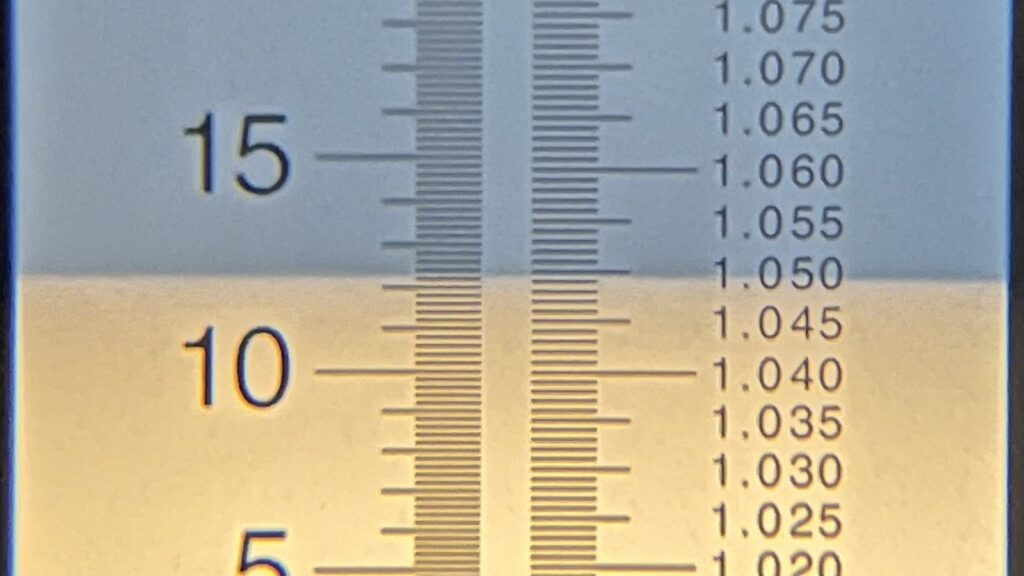
With the wort sitting at 47°F/8°C, I pitched two pouches of Imperial Yeast L13 Global.
The beer was left to ferment at 48°F/9°C for 9 days before I let the temperature rise to 60˚F/16˚C, which is when the dry hops were added. After 24 hours, I took a hydrometer measurement confirming my target FG was reached.
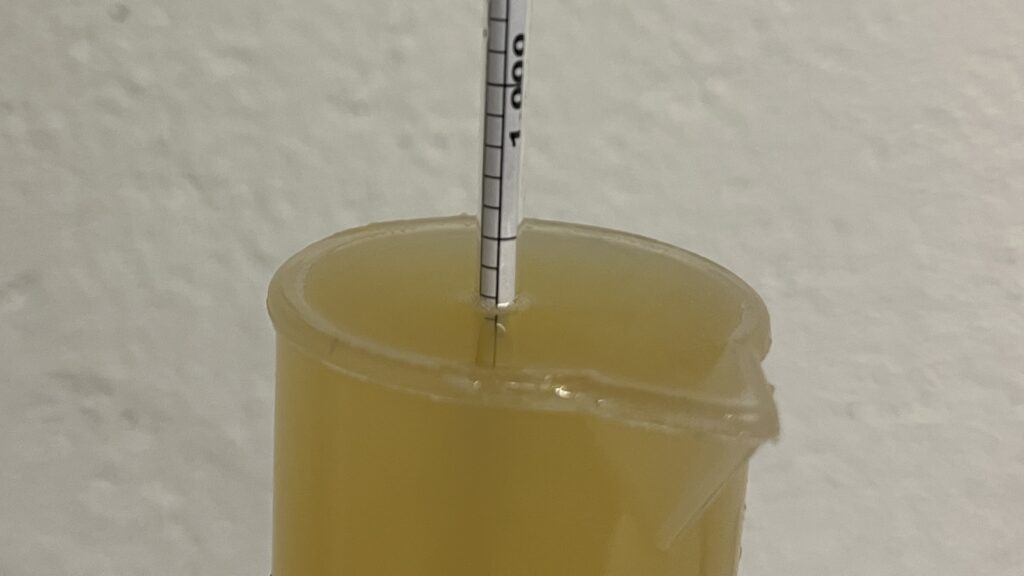
At this point, I cold crashed the beer for 24 hours then pressure-transferred it to a CO2 purged serving keg with a dose of gelatin fining. After 3 weeks of cold conditioning, the beer was was clear, carbonated, and ready to drink!
| IMPRESSIONS |
Perhaps due to the popularity of cheap yellow swill from huge corporate breweries, craft beer brewers and consumers have historically had an interesting relationship with pale lager, with some completely swearing it off. Fortunately, it seems perspectives are softening on these refreshingly delicious styles as evidenced by the fact many notable craft breweries are producing excellent examples of Pilsner, which has led to the creation of unique spinoffs including French Pilsner.
While I’ve not come across many commercial examples of this newfangled style, I’m fortunate enough to live near a brewery that makes delicious versions of French Pilsner that are made with ingredients sourced from France. It was my experience with Von Ebert Brewing’s beers, especially their Pierre Le Chat, that ultimately inspired me to design and brew my own French Pilsner. It took a little more work than usual to acquire the French malt, but once in-hand, I brewed my Pierre L’Cheat.
Forgive my exuberance, but this beer was amazing! Bright, crisp, and supremely crushable with an incredible hop character that, while reminiscent of noble varieties, displayed a unique blend of lightly sweet red berries. The friends I shared this beer with were equally as intrigued by it, typically seeking more than a single serving, and I can’t think of anything I would change in the recipe. I will absolutely be brewing Pierre L’Cheat again in the future, and I’m confident those who like drinkable pale lager would thoroughly enjoy this beer.
If you have thoughts about this recipe or experience making something similar, please feel free to share in the comments section below!
Support Brülosophy In Style!
All designs are available in various colors and sizes on Amazon!
Follow Brülosophy on:
FACEBOOK | TWITTER | INSTAGRAM
If you enjoy this stuff and feel compelled to support Brulosophy.com, please check out the Support page for details on how you can very easily do so. Thanks!



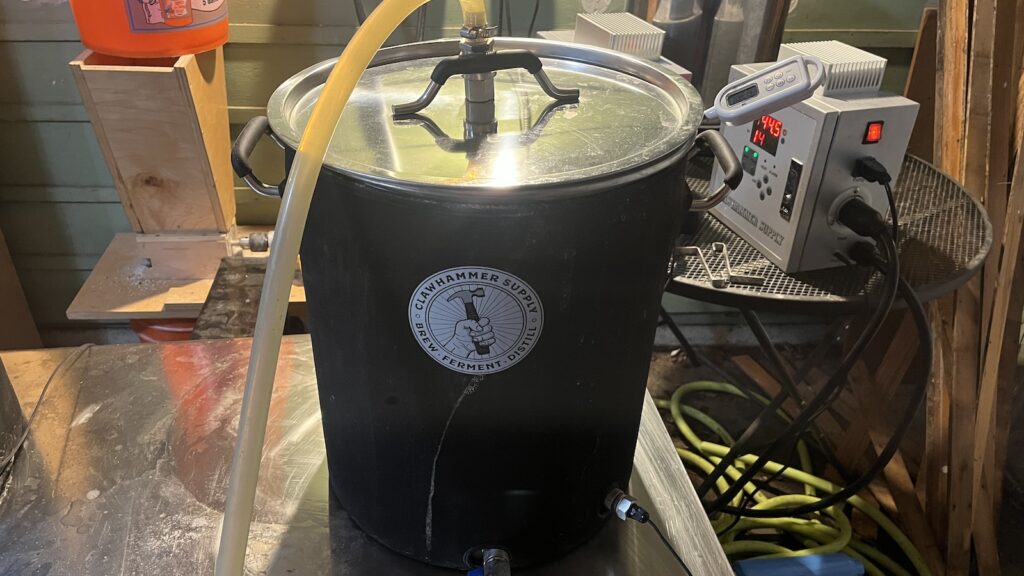
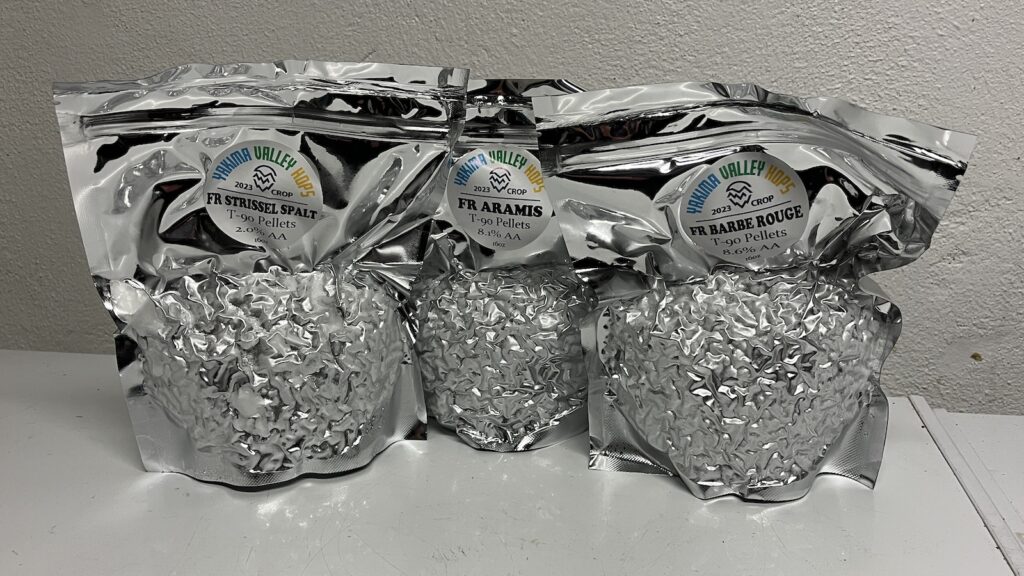
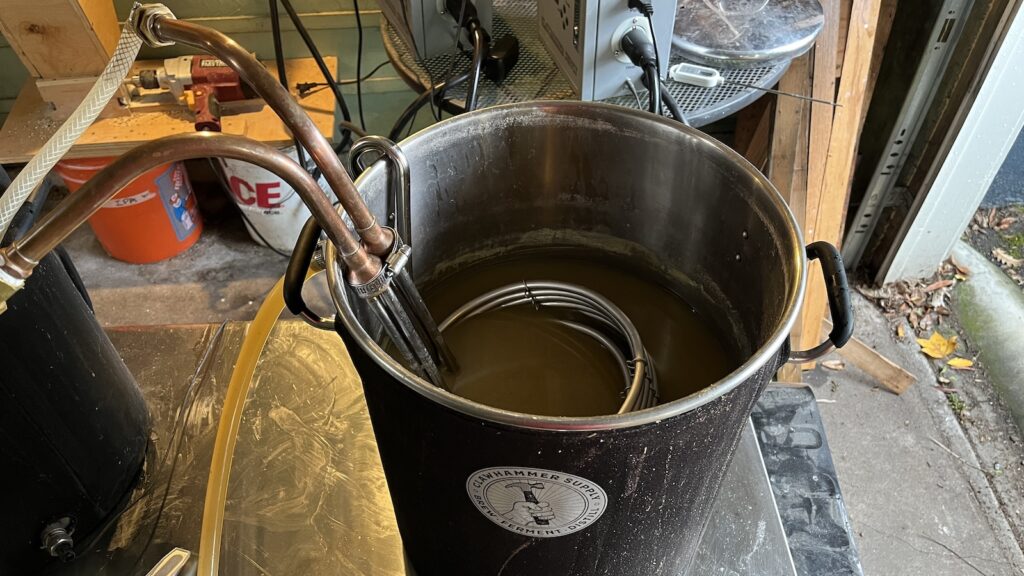
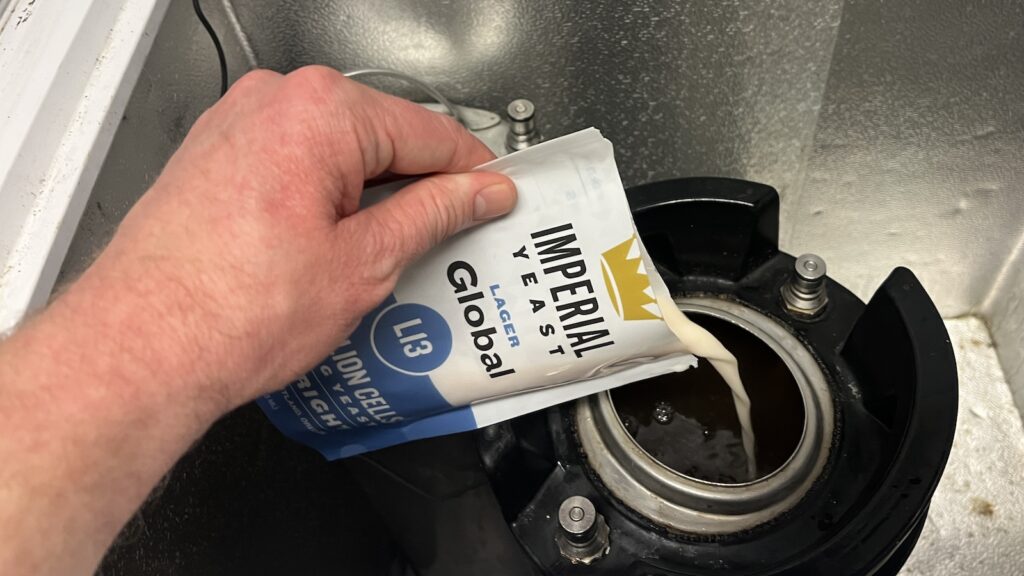
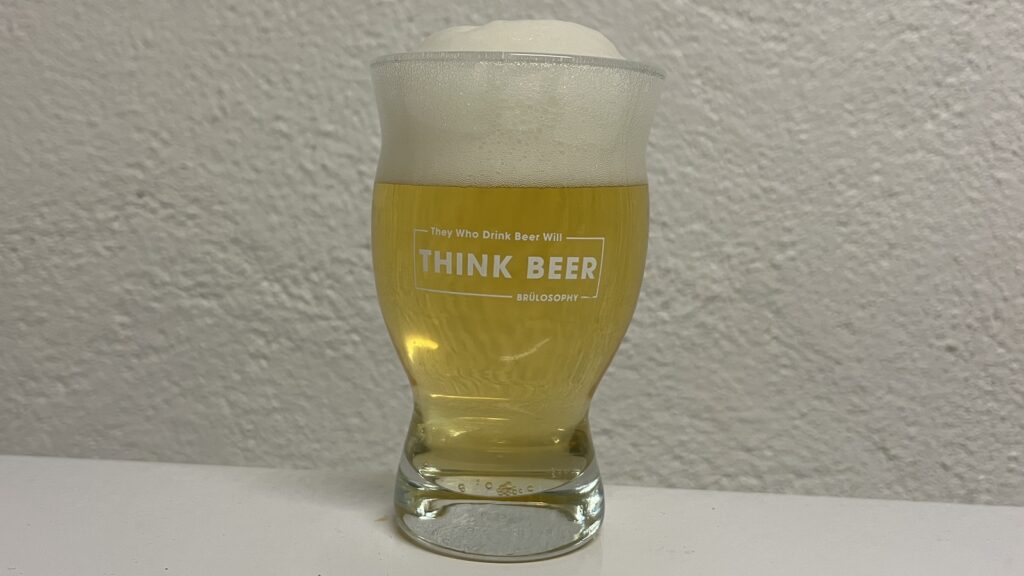






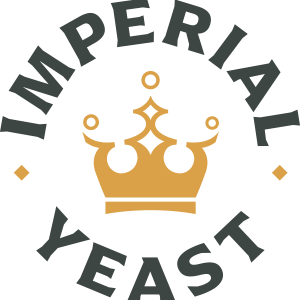

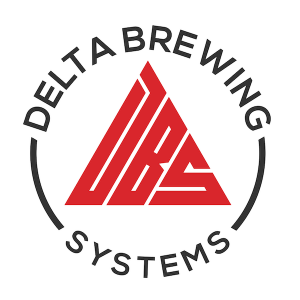


2 thoughts on “Brü It Yourself | Pierre L’Cheat French Pilsner”
Interesting use of amylasse enzyme. Can you elaborate on the reason for adding enzyme to the fermenter.
French: ”votre bière semble très bonne mon ami”
I want this style to be as dry as possible – so this is a good trick to get the FG down to 1.006 or so.